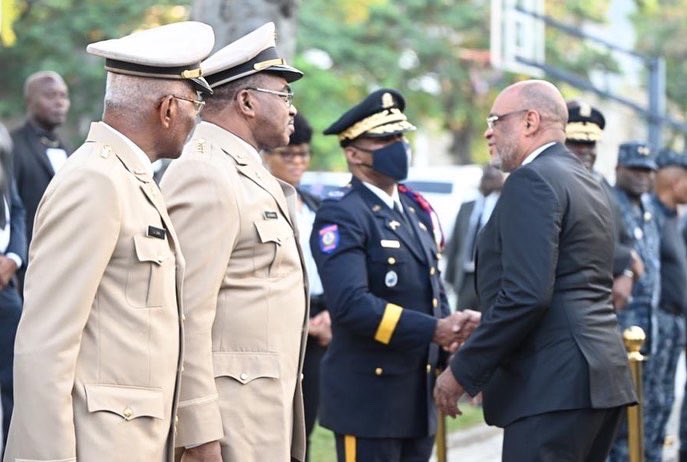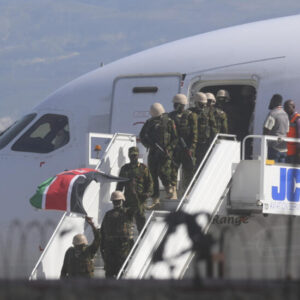The term “Condition D” occupies a central place in the military lexicon, denoting a state of extreme preparedness in the face of imminent threats. This state of increased vigilance is vital to guarantee national security and the response capacity of the armed forces. This text examines the precise conditions that lead to the activation of “Condition D” and explores its strategic and operational implications.
Origin and Definition of “Condition D”
“Condition D” is a concept used in various armies to mean a high level of alert. This term belongs to a series of defense conditions, similar to DEFCON used by the US armed forces. DEFCON (Defense Readiness Condition) has five levels, ranging from DEFCON 5 (state of peace) to DEFCON 1 (imminent war). “Condition D” is generally in the higher levels of this scale, indicating immediate preparation for potential conflict.
When conditions D apply: Analysis of triggers and activation methods
In military matters, the triggering of “conditions D” is dictated by concrete and imminent threats, which require an immediate and coordinated response from the armed forces. For example, during the 2022 Russia-Ukraine crisis, several NATO member countries activated their highest levels of preparedness in response to increased military movements near Ukraine’s borders. In particular, they quickly deployed additional troops and intensified surveillance patrols in order to secure the borders and prevent any escalation.
Similarly, sophisticated cyber attacks and terrorist threats have often led to the application of “Condition D,” requiring increased vigilance and enhanced defense measures to protect critical infrastructure and prevent potential attacks.
Modus operandi in condition D: strategic coordination and operational preparation
When “Condition D” is activated, the armed forces adopt a proactive defensive posture, mobilizing special units and increasing security at key military bases. For example, the United States has implemented enhanced security measures around its bases in response to perceived threats such as planned terrorist attacks or strategic cyber intrusions.
This strategy often includes working closely with intelligence agencies to monitor and counter hostile activities. Additionally, joint military exercises and crisis simulations are frequently used to test joint responsiveness and coordination under conditions of maximum pressure, to ensure optimal preparedness for any eventuality.
Strategic Consequences of “Condition D”
Putting in “condition D” results in several immediate changes in military posture and operations. First, it mobilizes rapid reaction units and increases the vigilance of the armed forces. Special forces and air defense units are particularly put on alert, ready to respond quickly to any aggression. General Thierry Burkhard, chief of staff of the French armies, indicated that this preparation includes close coordination between the different military branches to ensure an integrated response.
Second, the security of military installations is strengthened. Bases are increasing their security measures, including stricter access controls, increased patrols and the installation of additional security features. This intensification of security aims to prevent any infiltration or attack on critical installations.
Third, being placed in “condition D” affects logistics and communication within the armed forces. Communications networks are closely monitored for suspicious activity, and intelligence systems are ramped up to provide real-time information on potential threats. General John W. Raymond, Chief of Space Operations of the United States, emphasized that in a “Condition D” context, the integration of space and cyber capabilities is crucial to ensure information superiority.
Psychological and Moral Implications
“Condition D” also has significant implications for troop morale. Soldiers are informed of the nature of threats and the actions to be taken, which requires rigorous mental and physical preparation. General Richard Barrons, former commander of the British Joint Forces Command, noted that this psychological preparation is essential to maintaining the operational effectiveness of troops under intense pressure.
Similar articles







